Tag: April 1st
-
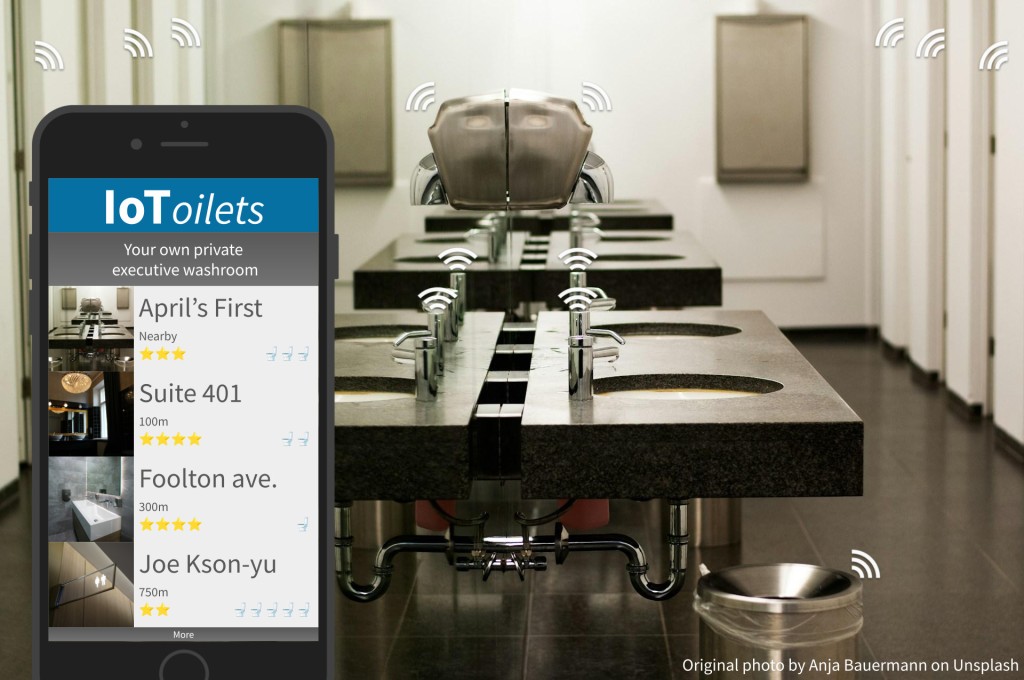
Internet of Toilets
The Internet and the sharing economy have democratised access to mobility, accommodations, and even everyday objects and commodities. So why is that by 2012, a person on-the-go could already hail their “own private driver” in minutes, yet in 2024 the promise of “your own private washroom” remains unfulfilled? The wait is over. Launching today, April…
-
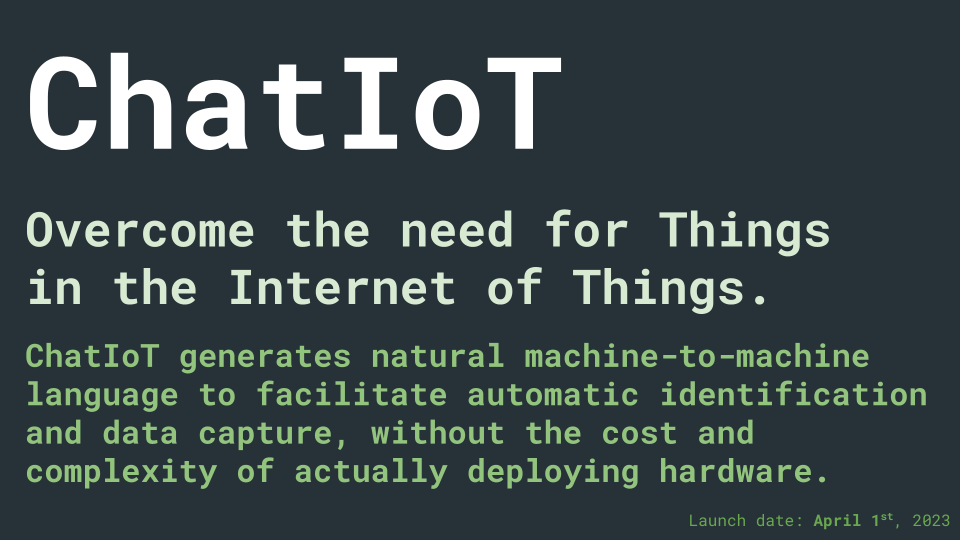
ChatIoT
In these times of growing uncertainty, there is one thing that is nonetheless certain: chatbots based on large language models (LLMs) can do no wrong. Over the past few months, this type of artificial intelligence (AI) has demonstrated to the general public how natural human language, that which it generates, can be brazenly applied to…
-
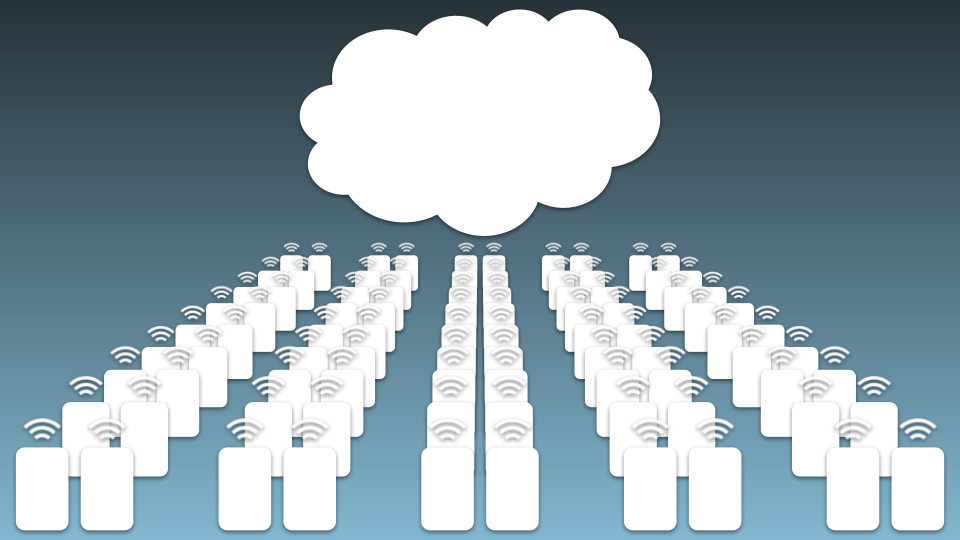
Things abandon Internet for Intranets of Things
This April 1st, tens of billions of “things” are expected to abandon the Internet and spontaneously reconnect in countless ephemeral Intranets of Things. The Internet of Things was a foolish idea anyway. An anonymous thing choosing to be identified as f0:01:ed:01:04:22 The term Internet of Things (IoT), coined by Kevin Ashton in 1999 to describe…
-
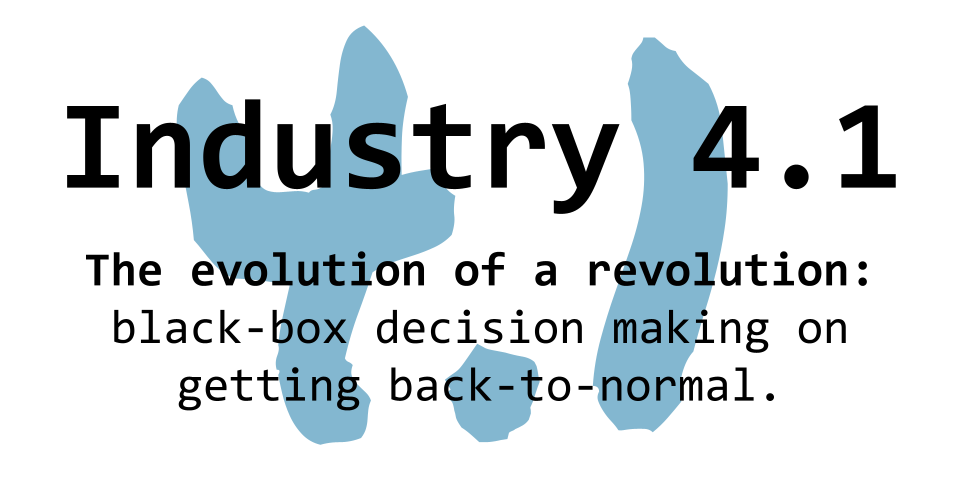
Back to normal thanks to Industry 4.1
April 1st, 2021 marks the start of the first full month of the second year of the COVID-19 global pandemic. In short, it has been a very long time since things have been “normal”. Can we even define what exactly “normal” has become? And what it will mean to get “back-to-normal”? For businesses which have…
-
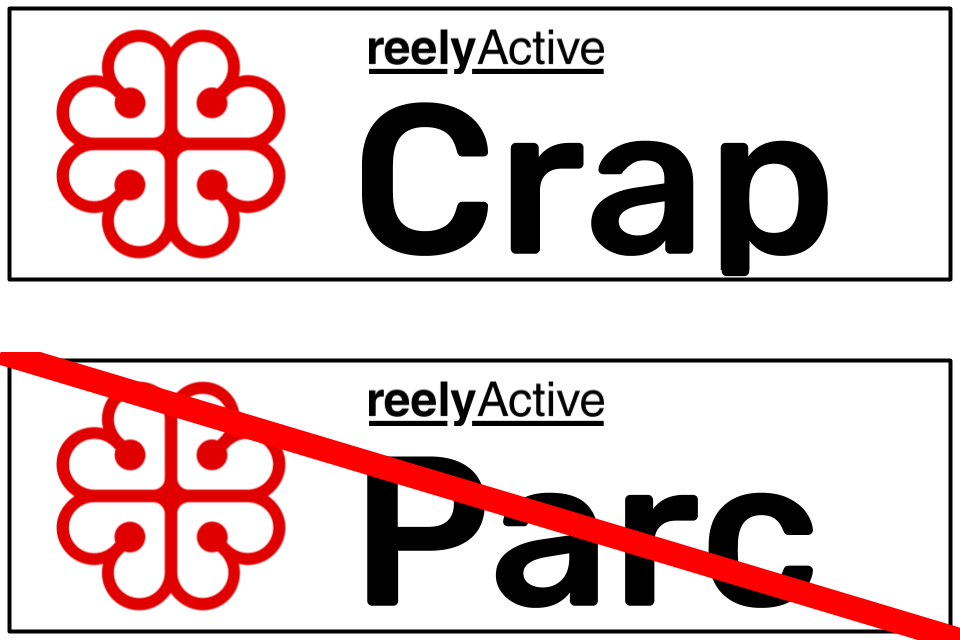
Oui, oui. Our office is Crap!
We kicked off 2020 in an awesome new space which we called Parc (Parc Avenue Research Centre). Perhaps because we were so backed up with work in Q1, we neglected to translate the name to French. To kick off Q2, today on April 1st, 2020, we proudly invite you to say “bonjour” to Crap, the…
-
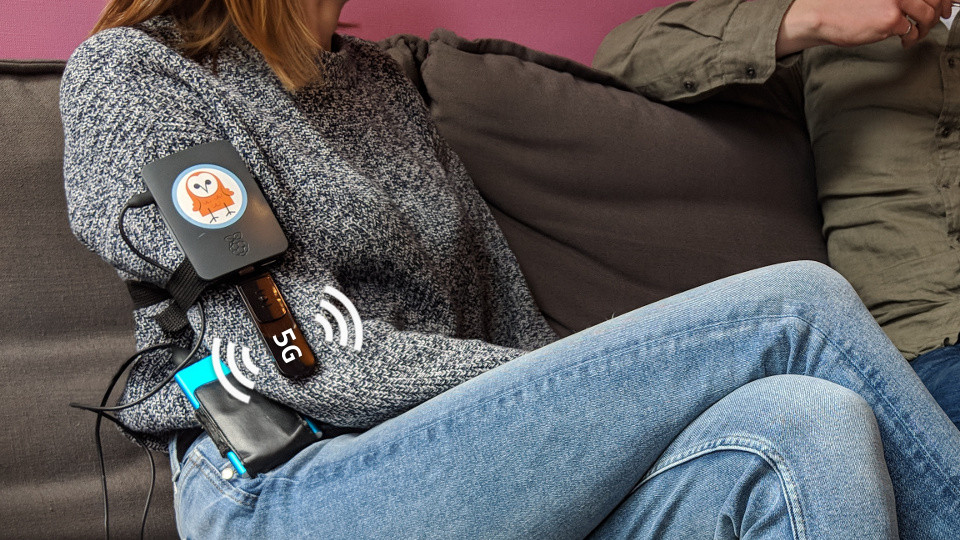
5G and the Digital Conjoined Twin
For years we’ve been hearing about the rollout of 5G, with much speculation about how exactly it will transform our daily lives. As with any new technology, the most disruptive use case often emerges completely unexpected. In the case of 5G, even with limited availability, we’re already observing emergence of the digital conjoined twin. The…
-

Are Care Bears the forebears of an implantaBLE beacon future?
It’s the nightmare scenario of our time: it’s late, you’re alone, far from public transit and need to request an Uber but your mobile phone is dead. “Oh I know, I’ll use my belly badge beacon” – Cheer Bear Wait, did a CGI render of an eighties stuffy just suggest using a beacon? Yes,…
-
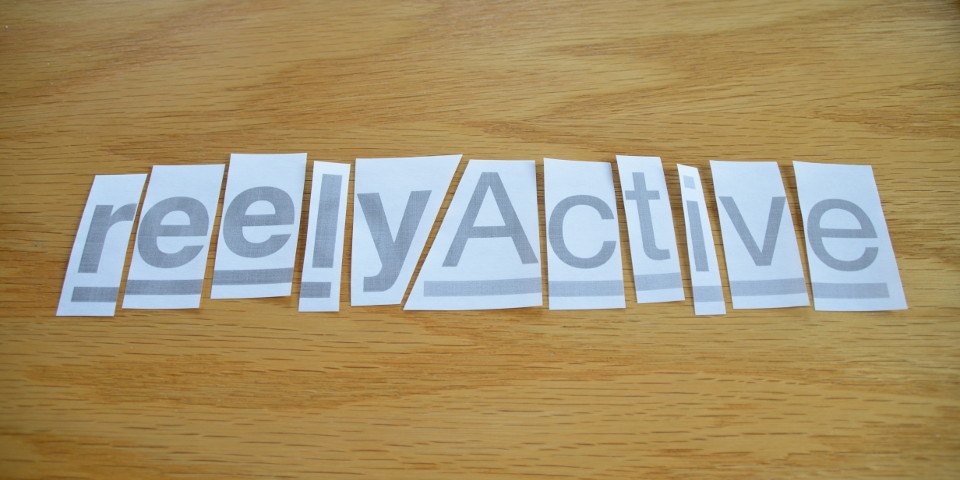
What’s in a name?
A clever yeti once said why create evil? In an age where companies such as Setec Astronomy harbour too many secrets, we at reelyActive strive to reveal, alert and avert the forces of eery evil through clarity. Indeed, using creative tactics we remain reactive to every lie — each viler yet than rectal pain —…
-

A Fool to Open Source
This week, while paying a visit to one of our Fortune 500 clients, they asked us why we open sourced our software. “Anyone could just copy your work” they said. “Aren’t you afraid that someone steals your business from you?” Wow. We hadn’t thought of that. We just figured we were following the Lean Startup…
-
Limited Edition Artisanal Hub
Disclaimer: this is a sillyActive blog post and, although the featured hub is in fact real (it was our first prototype back in January 2012) nothing else in the post should be taken seriously in any way. Enjoy! Today we are proud to unveil our limited edition artisanal reelyActive hub. The product of countless months…